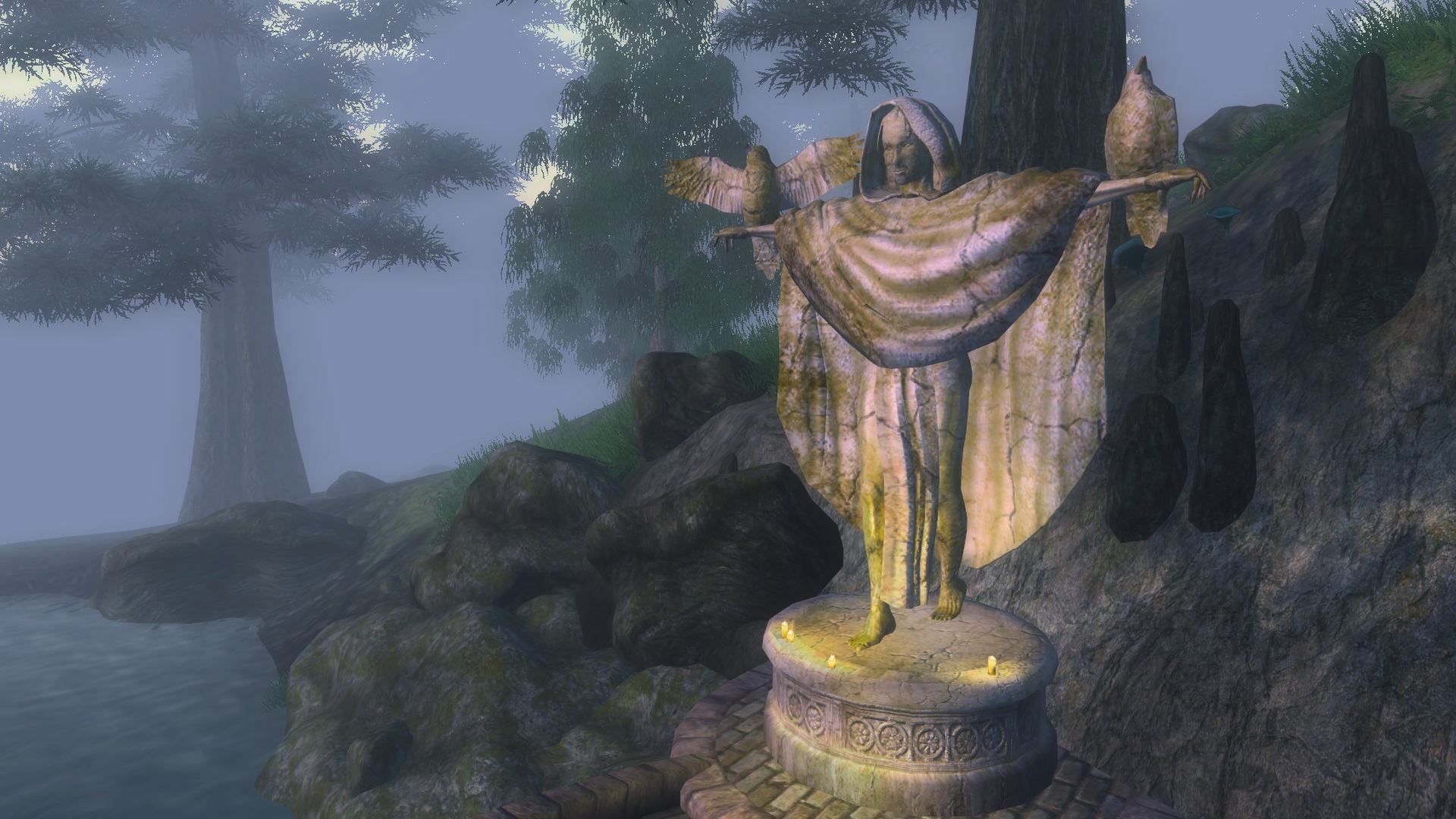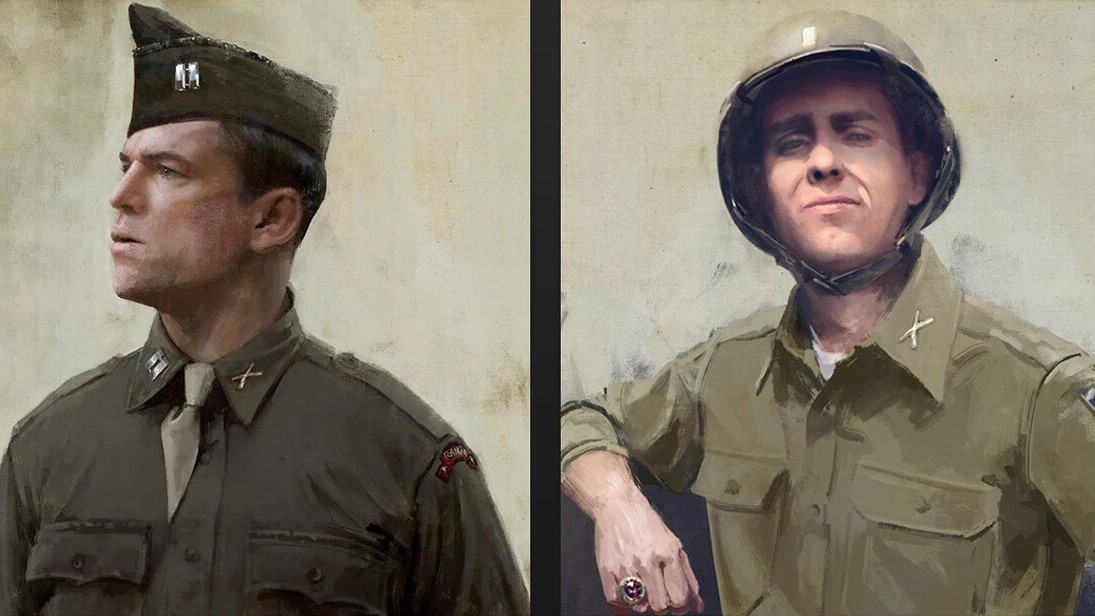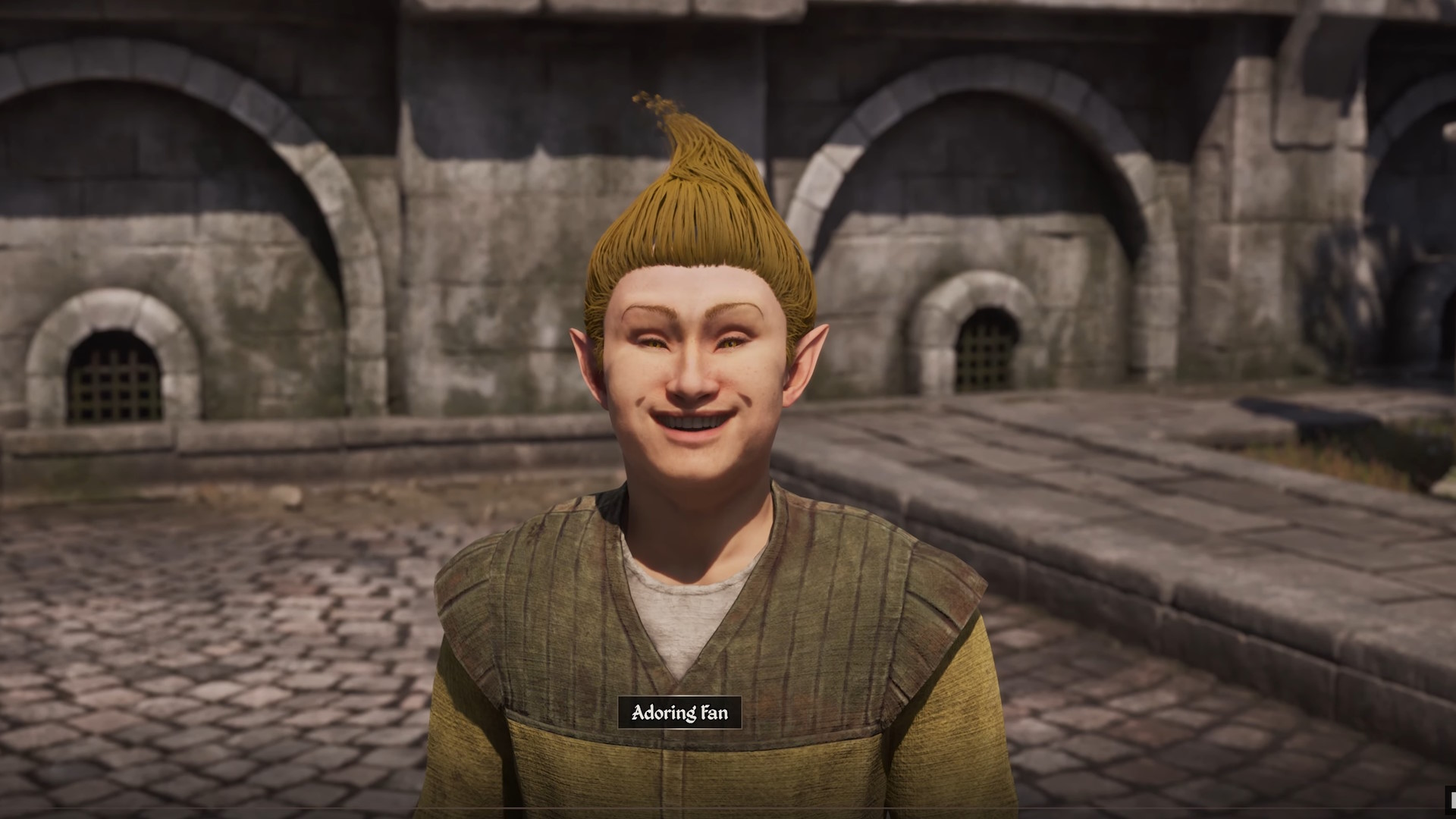
Solasta 2 Preview: It'll Get Recognized in a Post-Baldur’s Gate 3 World, But it Must Do More

Years ago, a video game like Solasta II might’ve been a niche product. Old-school computer RPGs, bound by dice rolls and Dungeons & Dragons rulesets, tend to be popular within exactly one demographic of the gaming populace; the same one that possesses fond memories of a long suspended campaign in Neverwinter Nights. Conventional thinking stated that the quirks of the genre—the punishing difficulty, the baroque questlines, the constant threat of permadeath—sealed off mainstream avenues. Or, so we thought. Because in 2025, we live in a post-Baldur’s Gate III world, which proved without a shadow of a doubt that society at large could absolutely fall in love with a quirky traipse through all of these quirky systems. Solasta II is hoping that lightning can strike twice.
The first Solasta arrived in 2021, and by and large both games are bringing the same formula to the table. Like its predecessor, Solasta II is a turn-based tactical RPG undergirded by D&D structures, and in the two-hour demo I had access to, many of the rudiments were immediately legible. My party of adventurers had arrived at a rocky cliffside village, and I point-and-clicked my way through town to learn, exactly, what was ailing the citizens. A tribe of marauding kobolds were causing some problems on the border and unexplained tremors were destroying buildings, all while a crew of lost fishermen had been pinned down by flesh-eating giant crabs. The core plot points forked off in subtle ways, providing a variety of methods to approach the crises. Do you want to slaughter the kobolds in their camp? Or, perhaps, sneak off and nab one of the dragon scales they cherish, convincing them that you belong to the same cult? So, off you go to solve these problems, hoping for a bounty of loot—or at least a few gold pieces—in return.
All of these decisions are meted out in garden-variety skill checks, auditing your capacity for persuasion, perception, historical fluency, and so on. One crucial change Solasta II has made is that, from what I can tell, it doesn’t matter which party member you are currently controlling when you navigate those dice rolls. The party is treated like an all-encompassing unit, which cuts down on the annoyance that comes when you accidentally wind-up in a high-stakes parlay with your low-charisma barbarian. I also appreciated how, with the stroke of a button, players can control their group using their WASD keys—ditching the traditional top-down view entirely. It makes navigating some of the tighter corridors around the map much easier.
The combat, too, is retrofitted in some smart, modern ways. Nothing major has changed—you will still roll for initiative, and expense spell slots to cast Magic Missiles. But as someone who occasionally gets lost in the morass of D&D iconography, the UI in Solasta II is highly accommodating. For instance, some of the high-level techniques available to my sorcerer were presented to me right on my action bar, in plain English. Same with my rogue’s economy of bonus actions. The learning curve in Baldur’s Gate is considerably steeper and rife with early-game mistakes as you’re still getting used to the cadence. Solasta II, meanwhile, got me up to speed much quicker.
And frankly, I think that’s my only concern going forward. All of the nice things I can say about Solasta II are cordoned off to smart, assiduous quality-of-life improvements. The demo itself didn’t do much to distinguish itself from other RPGs on the market. That isn’t necessarily a bad thing, but it was noticeable—especially when it looks unfavorable in comparison. One of the calling cards of Baldur’s Gate III is just how pervasively interactive it is. Every NPC can be interfaced, unfurling more intrigue in seemingly limitless dialogue trees. But the portion of Solasta I saw was much more cloistered. Doors wouldn’t open, townsfolk didn’t speak to me, and my party was funneled down the narrow streets. The splendor of a tabletop campaign—how all options are on the table to the player, whether they want to raze the world or save it—didn’t quite present itself. Solasta II has the basics down, but I hope when I play the retail version, it has the capacity to strike that erstwhile sense of wonder within us.






